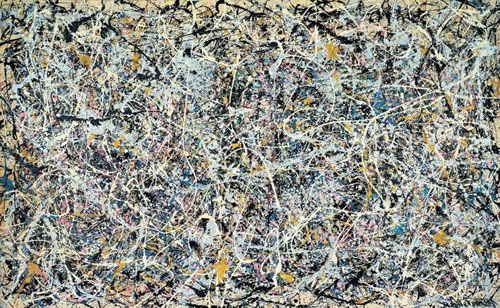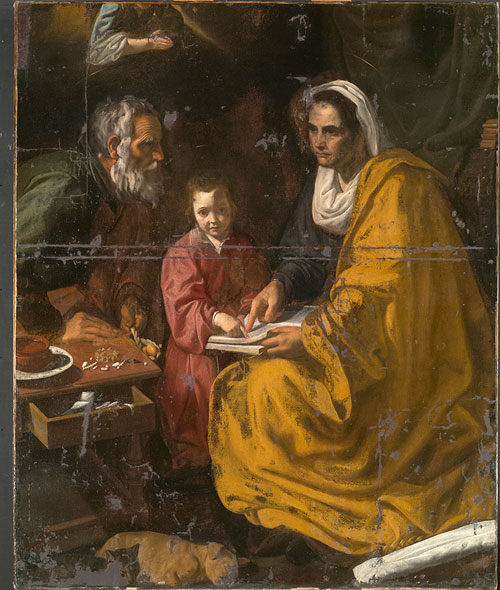Miró said “When I paint a painting, I fall in love with it; a love which rises from slow understanding”. This tireless, poetic, relentless, thorough and perfectionist artist, almost obsessive and never satisfied with what he does, changes and changes again. Contradictory although loyal to his search for the authentic. Born in Barcelona in 1893, he was made by his family to work initially in an office, although he dreamt of being a painter. Differently to another of the most international Spanish painters, Picasso, Miró was much more discreet and searched for anonymity. “Anonymity allows you to reach what is universal” he said.

The exhibition has been organized together with the Tate Modern in London and the Joan Miró Foundation in Barcelona, and it holds over 150 works by the artist. ´The ladder of escape´ examines his broad career showing his tendency to contemplative isolation and the political commitment of the artist with the dark times he had to live in, to which he obviously wasn´t immune to.
In the first rooms there are paintings such as ´Masia´ and ´Paisaje catalán´, which explore the ties with his native Catalonia, especially with Montroig, where his family had a farmhouse. That´s where Miró discovered and began to be aware that he wanted to be a painter, but not only a painter but a Catalan painter. After a first contact with foreign painting, he began with a style a tad ´fauve´ and cubist, but with a tremendous print from his native Catalonia, of the churches and frescos which he came across his country. Before leaving for Paris, he already had the chance to show his work in Barcelona where he received large incomprehension from the public.
The exhibition also shows us the inflection that his stay in Paris meant, and the creative liberation of surrealism. There began his relations with this circle, forging a good friendship with Peret, Desnos and Eluard. Miró transformed himself continuously, breaking with his previous to be able to create again. At that time he had no money and they say he didn´t have much to eat at times, and that´s maybe the source of the hallucinations which he later put into his paintings. From this time we also have his oneiric paintings, following surrealist techniques such as automatism or the poem paintings that Max Ernst also made. His paintings contained this ladder of escape, which in the words of Miró himself is a way of mixing art and poetry. The focal part of the exhibition is dedicated to his time during the Spanish Civil War, in which we can observe the political commitment of Miró in the series of Constellations where he shows us his escape from Paris to Normandy during the Second World War.
The last section examines the last few years of Franco´s dictatorship, with Spain waking up from the anesthetics. ´The ladder of escape´ helps him again and he found a refuge in Mallorca. From this time we highlight the triptych ´Azul´ I, II, III and his burned canvases.
Despite his instinct to escape, he said that the ladder of escape has to be tied up well to reality to lead to creativity.
For more information visit his webpage at: www.fundacionmiro-bcn.org
Rent apartments in Barcelona and enjoy the wonderful landscapes of the area of Montjuïc and visit this exhibition of the career of Miró, that will be in his foundation until the 18th of March 2012.

 English
English Translated by: aleixgwilliam
Translated by: aleixgwilliam
